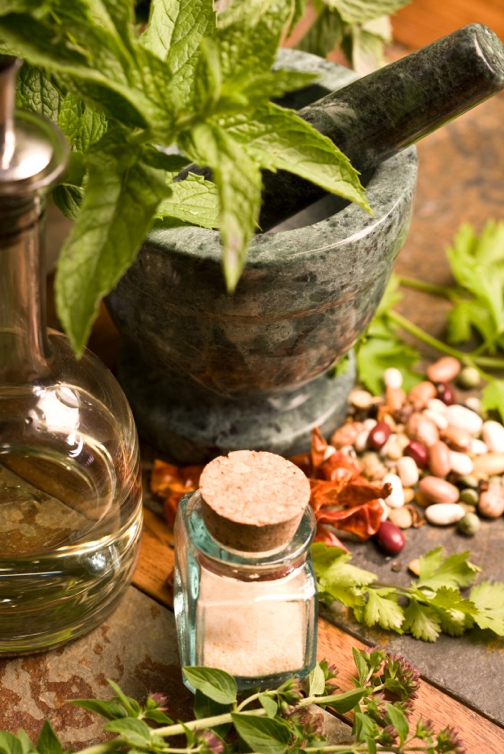Growing medicines in your own backyard, is that possible?
Before you walk to the medicine cabinet, you might want to first look in your backyard. People have been using plants to heal themselves since ancient times. In 1500 or 1600 BC, saffron was cultivated for medical purposes on a Greek island. Did you know that you can find many herbal remedies in your garden?
Plants can cause side effects like medicines. It is therefore always wise to consult a medical specialist before you take medication. Below we will discuss 5 different plants/flowers that could have a medicinal effect and are easy to obtain.
- Dandelion: Some use the dandelion (Taraxacum officinale) to treat eczema, while others treat arthritis or intestinal disorders. The leaves would regulate blood sugar
- John’s wort: St. John’s Wort (Hypericum perforatum) is a perennial plant that originates in Europe. In the meantime, this plant has spread over the rest of the world and is been used as a vegetable antidepressant, because it would improve the mood.
- Lemon thyme: Is used for children with abdominal pain. It also works as an antibiotic and has been used for hundreds of years to treat wounds. Lemon thyme (Thymus citriodorus) is also used for toenail problems.
- Celery seed: The celery seed (Apium graveolens) extract helps to lower blood pressure in animals. It can also be used to treat psoriasis. However, large amounts can cause photodermatitis.
- Angelica: You can let the plant dry, and then draw tea from the roots and leaves. This is done, for example, to prevent menstruation pain, stiff muscles and fatigue. Angelica (Angelica sylvestris) is also used to combat the symptoms of a cold.
In the Total business plants Project, we have as main intention to help you become a producer of healing plants, considering the constant increase the sector is experiencing. If you want more information about the project and the outcomes we intend to achieve through it, keep posted on our different channels. Facebook & Website









